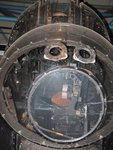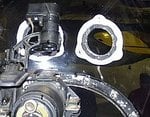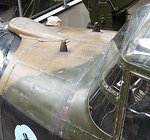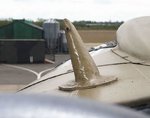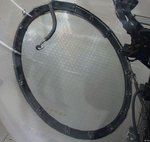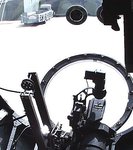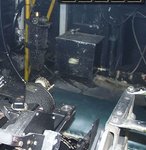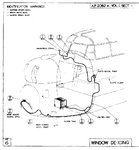kiwicobber
Recruit
- 2
- Feb 28, 2006
I've been trying to find out information on the Village Inn Airborne Gun laying system fitted to the Lancaster. I had never heard of this particular piece of equipment until just recently. It sounds pretty futuristic for the time. Does anyone have good information on this system?



